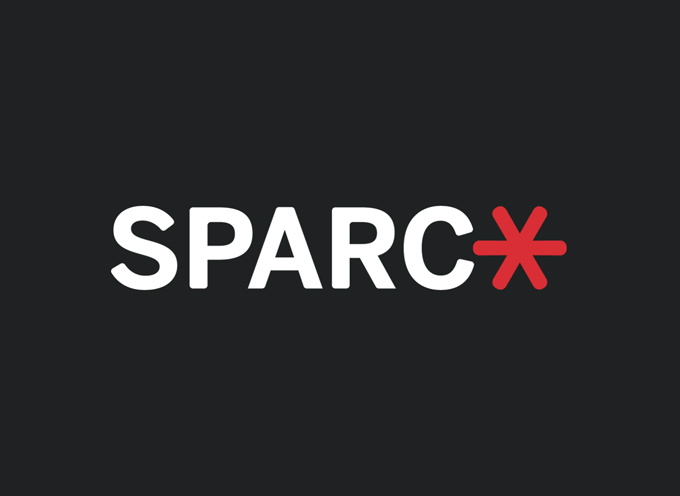
With 20 years of action in the Open space, SPARC Europe is embarking on a year-long process to create a broader open agenda by connecting Open Science and Open Education. Making this connection has benefits for research, education and society. Through this work, SPARC Europe will help European public universities realise the value of open, equitable and fair access to knowledge for all. SPARC Europe’s new project Connecting the worlds of Open Science and Open Education to increase capacity for an Open Europe makes the case for more integration in the open agenda. It will also let us more effectively support openness in European Higher Education on a policy and practice level.
This project enables our three-phased vision to build an evidence base to raise awareness among university leaders about the advantages of connecting the worlds of open. The project’s three phases involve mapping Open Science and Open Education Higher Education actors across Europe, documenting similarities and differences between Open Science and Open Education and the risks and opportunities involved in connecting them, and laying the groundwork for SPARC Europe’s role as a one-stop shop or information clearinghouse to connect the worlds of Open Science and Open Education in Europe. We will produce a bibliographic reference list, hold a series of interviews with senior university leaders on the Open Agenda, create talking points and design a case for a broader Open Agenda.
We are excited about this work that will take us into the summer of 2025. We are kicking off the activities of this project with two expert consultants, Paul Stacey and Wilma van Wezenbeek, who are coaching, guiding, steering and supporting the SPARC Europe team to build our capacity in this area. This is generously funded with an Organisational Effectiveness Grant from the William and Flora Hewlett Foundation, as part of a programme that fosters growth and capacity-building for grantees to be able to meet their strategic goals.





















